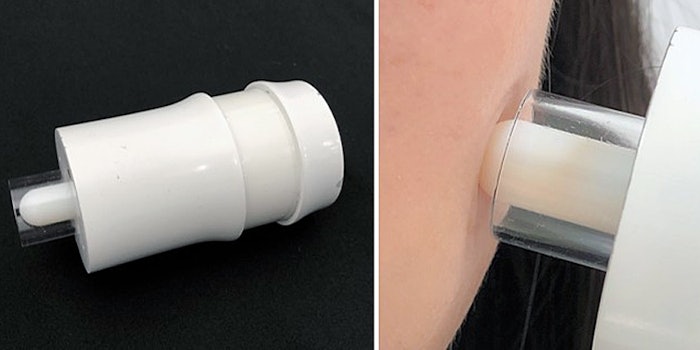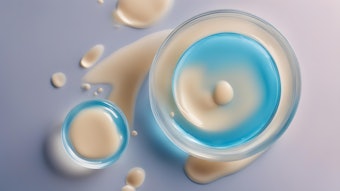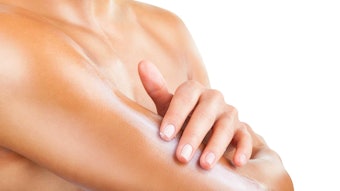
Shiseido Co., Ltd., has developed two types of tactile evaluation devices, the Vibration Friction Sensor and Contact Force Sensor, through joint research with Tokyo Metropolitan University.
Recently: Shiseido Selling bareMinerals, BUXOM & Laura Mercier
Using the sensors, researchers can quantify tactile sensation with high accuracy and focus on the hand movements consumers make when they check their skin's condition—objectively and numerically grasping the tactile sensation the consumer is feeling.
As Shiseido explained, the Vibration Friction Sensor measures vibration and friction using a sensor with a contactor that strokes the skin to evaluate the consumer’s perception of moisture and smoothness. Meanwhile, the Contact Force Sensor measures the force when the contactor presses the skin, to evaluate softness and the consumer's perception of elasticity. The company has also confirmed that the measured values of these two sensors correlate with the sensory evaluation scores of expert evaluators.
Going forward, the company aims to clarify the sensitivity characteristics of people attributed to differences in culture and customs around the world. It also will optimize the use of the two tactile sensors based on the knowledge of hand movements accumulated from consumers. Moreover, by applying the insights gained to product development and services, Shiseido will be able to deliver more satisfying and comfortable cosmetics for people worldwide.
Vibration Friction Sensor Attributes
Conventional tactile sensors require experimenters to have the contactor stroke the skin to make measurements but as the company explained, it is difficult to make stable evaluations due to variations in motion during measurement. The newly developed sensor can stroke the skin as its motor rotates and realize stable measurements even on a small area such as the cheeks. By having the contactor surface mimic a fingerprint, it becomes possible to simultaneously measure the vibration and friction felt when sliding the fingers over the skin.
Related: Shiseido Skin Visualizer Measures 'Beauty Circulation,' Ultimune Serum Supports It
In an internal study, researchers applied lotions with varying feel to the skin and compared the sensory evaluation scores of expert evaluators with the measured values of the Vibration Friction Sensor. The sensory evaluation score for moistness correlated with the vibration values.
Contact Force Sensor Attributes
With conventional measuring techniques, it is difficult to accurately measure differences in skin softness between individuals and according to Shiseido, there have been insufficient findings regarding characteristic values that correlate with tactile sensation when pressing the skin.
With the Contact Force Sensor, an installed high-precision sensor is used to measure the contact force when pressing the skin, which mimics the action of a hand pressing the skin. In addition, by analyzing the waveforms measured while the contactor presses the skin, it becomes possible to calculate the values of characteristics that indicate individual differences in the skin.
Researchers studied these characteristic values and found that the rate of recovery after the contactor presses the skin (compression resilience) correlates with the sensory score for elasticity. Compression resilience was also found to correlate with age, indicating that changes in skin softness with age could be estimated.










